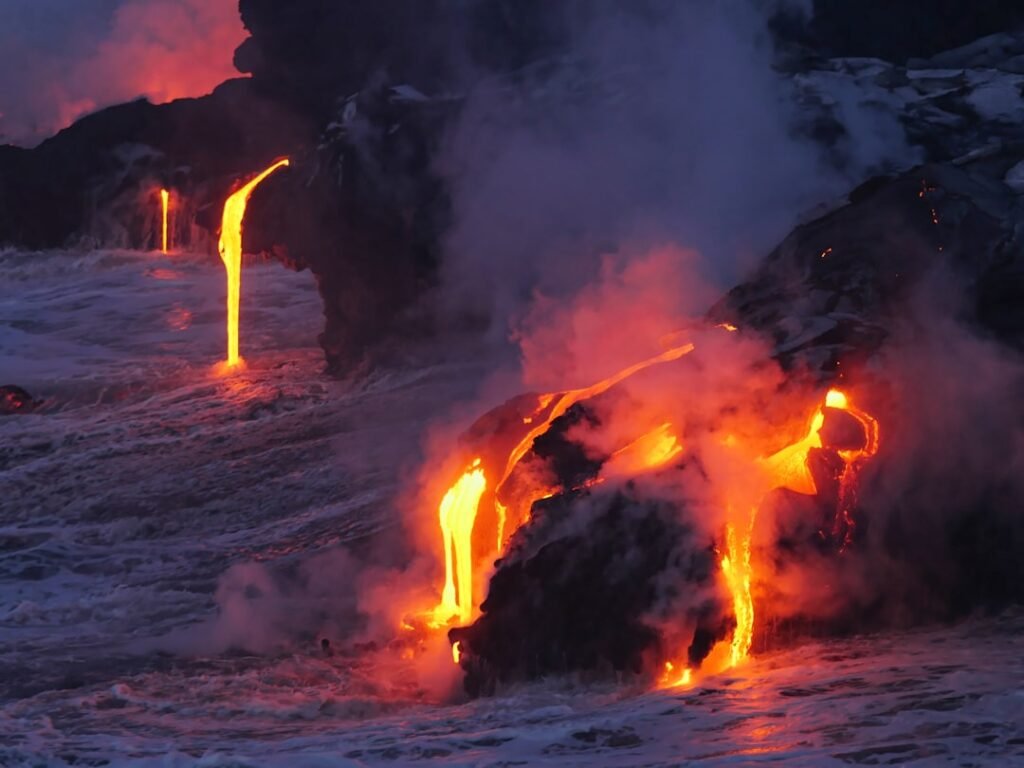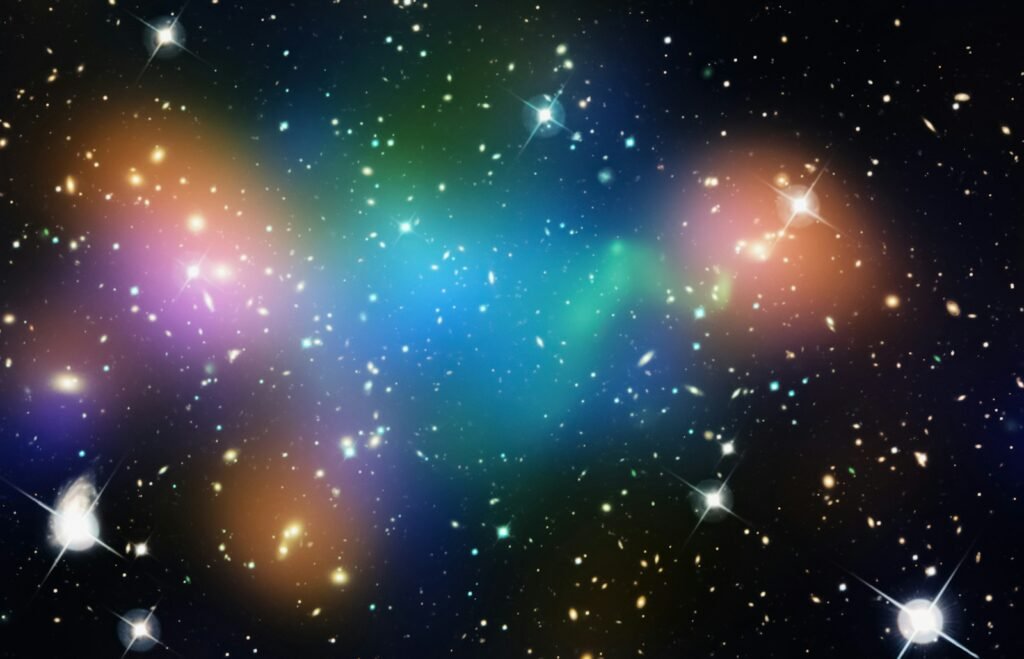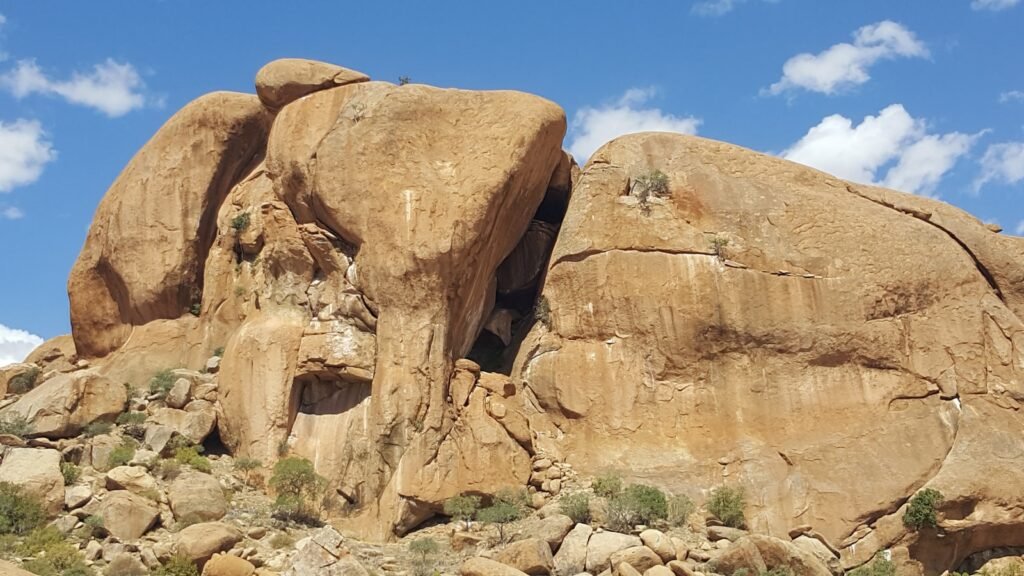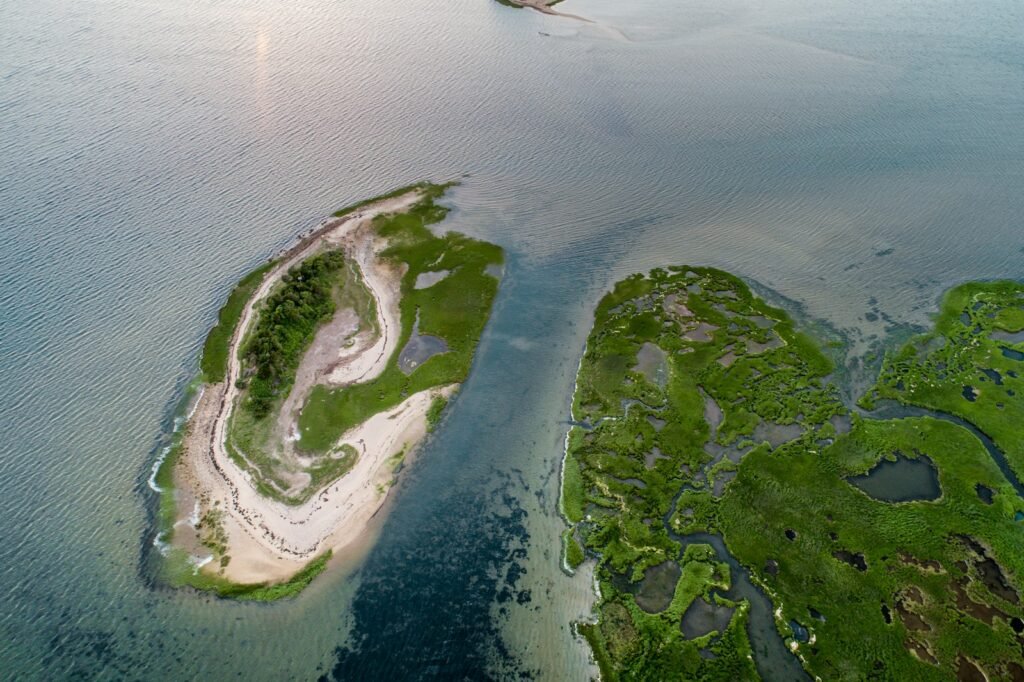You’re witnessing one of the most spectacular geological processes on Earth right now. While most of our planet’s landmasses have remained fairly stable for millennia, there’s a place where the ground literally grows beneath your feet, where molten rock becomes solid earth in a matter of hours. This remarkable phenomenon is happening at Kīlauea volcano on Hawaii’s Big Island, where lava has been steadily expanding the coastline inch by precious inch.
Imagine watching new territory emerge from the depths of the Pacific Ocean, steam billowing as fire meets water in an ancient dance of creation. The process isn’t just scientifically fascinating, it’s fundamentally changing the geography of Hawaii. Let’s dive into the incredible story of how one of the world’s most active volcanoes is literally building land before our eyes.
The Current Eruption Creating New Territory

Kīlauea has continued its recent eruptive activity, with the U.S. Geological Survey Hawaiian Volcano Observatory monitoring ongoing volcanic activity and lava fountains.
As of early 2025, this eruption has continued with episodic lava fountains pouring from vents in the summit caldera. The lava fountaining episodes have occurred approximately once per week since the eruption began, characterized by episodic fountaining not seen since the 1983-86 eruptions. Within hours of the initial eruption, new lava had already spread across 650 acres of the crater floor with an average depth of about 10 feet.
How Lava Transforms Ocean Into Solid Ground

When lava enters the ocean for extended periods, new land is created in the form of a fan-shaped platform known as a lava delta, with lava cooling rapidly and shattering into sand- to block-size fragments that accumulate to form a loose foundation. The process begins when lava meets the sea, vaporizing seawater and creating dense plumes of steam while gradually building a delta that extends the shoreline.
This natural, cyclical process of erupting lava streaming along land and into shore is exactly how an island gets built, allowing for new growth of ecosystems over millions of years. The transformation isn’t instantaneous though, it requires sustained volcanic activity to create substantial new landmasses.
The Scale of Land Creation at Kīlauea

From November 1986 through December 2009, Kīlauea created 192.3 hectares (475 acres) of new land. Yet recent eruptions have been even more productive. Lava flows from the 2018 eruption alone reached the coastline and constructed over 3.5 square kilometers of new land.
During the major 2018 eruption, lava flowing into Kapoho Bay created nearly a mile of new land, with the USGS reporting 690 acres of new terrain made entirely of lava. The 2018 flows filled and paved a section covering 3.2 square kilometers, roughly the size of nearly 600 football fields.
The Underground Foundation of New Islands

Recent research reveals that lava deltas contain more than half of the total volume of lava erupted, with most of this material deposited below sea level. Scientists comparing flow boundaries with bathymetric maps have discovered that lava has filled areas previously 240 meters deep.
While researchers have extensively studied volcanic activity on land, what happens under the ocean surface as new lava is deposited is not well understood, though most lava is fragmented into ash and sand-sized grains that roll down steep coastal slopes. The underwater portion of these new land formations often extends much farther than what’s visible above the surface.
The Dangerous Beauty of Lava Deltas

Despite layers of cooled, solid lava on the delta surface, these new landforms have unstable foundations that often shift along zones of weakness, with large cracks parallel to the coastline making lava deltas prone to collapse. Ocean entries are considered one of the most hazardous aspects of Hawaiian eruptions due to toxic steam, explosions, and the risk that large areas of newly formed lava can collapse catastrophically.
When a lava delta collapses, it can trigger explosions that throw blocks of solid rock and molten lava fragments both inland and seaward, while also generating localized tsunamis and large waves that carry scalding seawater inland. The U.S. Geological Survey notes that even years after eruption, areas in lava flow hazard zones remain active and dangerous, requiring extreme caution.
Scientific Tools Monitoring Island Growth

Scientists constantly make new maps during eruptions, using satellite data combined with thermal images and photographs taken on helicopter flights to map flow boundaries daily, sometimes twice daily if flows are moving especially fast. Researchers from multiple organizations have teamed up to study lava flows using seafaring robots called Wave Gliders, about the size of stand-up paddleboards and equipped with various instruments.
Advanced multibeam sonar data is collected along the south coast using sophisticated equipment like the Kongsberg EM302 multibeam echosounder on research vessels. These technological advances allow scientists to track not just surface changes but also the underwater architecture of these growing landmasses.
Legal Ownership of Volcanic Real Estate

Any new land masses formed by lava within national parks become federal land, while any ocean entries outside the park become state land. The new land in Kapoho Bay is now owned by the state of Hawaii, though it won’t resemble the farmland that previously dominated the region anytime soon.
However, these newly created lands are extraordinarily unstable, with some lava benches that formed in 2016 and 2017 already collapsing and falling into the ocean, meaning nobody really owns them any longer. The temporary nature of some volcanic land formations adds complexity to questions of ownership and development.
From Barren Rock to Living Ecosystem

How soon vegetation returns on a lava flow depends on the type of lava and local rainfall, with flows on the drier Kona side having far less vegetation than east Hawaii flows despite being much older. Usually ohia trees and ferns are the first pioneers of new lava flows, with ferns typically popping up first.
This process allows for new growth of ecosystems and has been ongoing for millions of years, presenting unique opportunities for scientists to research coral reef succession and growth in a changing ocean. Even seemingly lifeless volcanic rock eventually transforms into the lush tropical paradise Hawaii is famous for, though the process can take decades or even centuries depending on conditions.
The ongoing creation of new land at Kīlauea represents one of nature’s most impressive construction projects. While we often think of geological time in terms of millions of years, this volcano demonstrates that our planet is still actively growing and changing on timescales we can witness within our own lifetimes. From the spectacular fountains of lava reaching hundreds of feet high to the steady accumulation of new territory beneath the waves, Kīlauea continues its ancient work of building Hawaii, one molten rock at a time.
What do you think about watching new land literally emerge from the ocean? Tell us in the comments.




